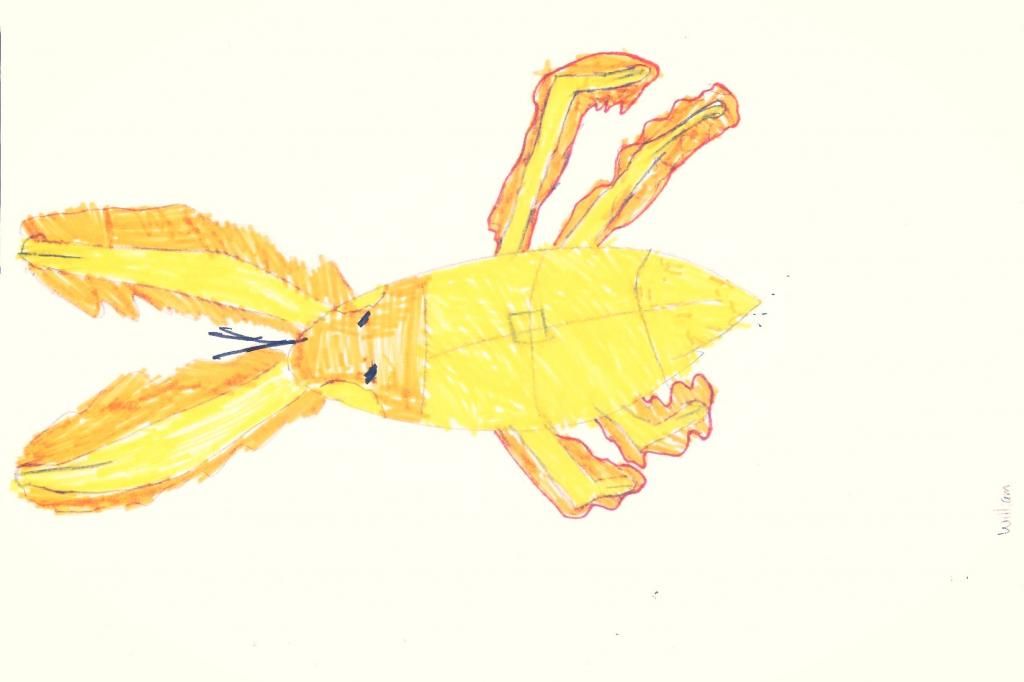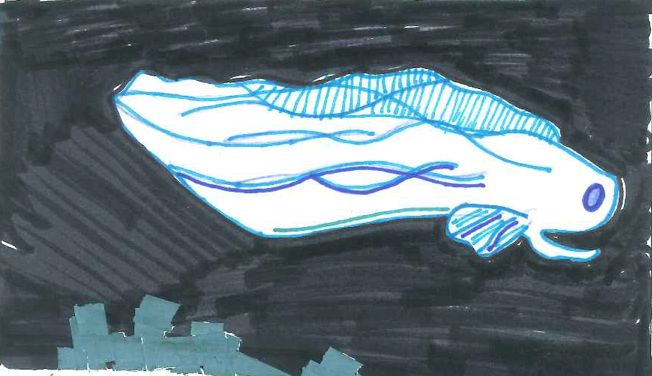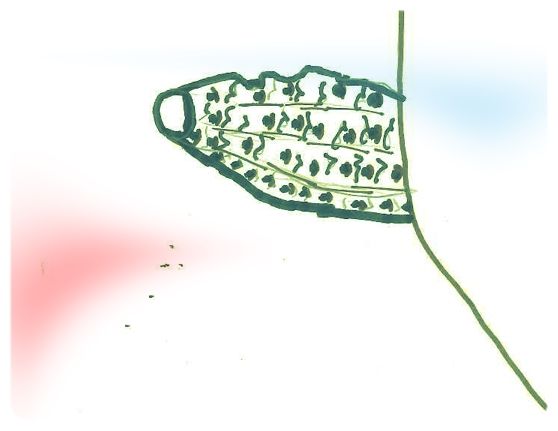DIY Cards

Triceratops (Triceratops)
Michelle Maldonado
Phenotype: 8-9m long, 2-3m tall, 6-12 tons.
Time Range: Late Cretaceous
Interesting facts: Horns and frills used for display and combat, attracting mates, intimidating rivals and fighting predators.

Ankylosaurus (Ankylosauridae)
Matthew Holly
Phenotype: 7.5 -10.5 meters long, 2.5 meters tall, 4000-7000kg.
Time Range: Middle Jurassic
Interesting facts: It had armored plates all over its body except for its stomach. Its club like tail was for defense.

Yeti Crab
William D.

Hair-like setae cover the crab’s body which help this blind crustacean sense its surroundings. The discovery of the Yeti crab has led to the creation of a new crutacean family- Kiwaidae. Yeti crabs eat mussels and bacteria.

Zoarcid Fish (Eelpout)
Aaron P.

A top predator in the hydrothermal vent community. Eats almost anything including crabs, shrimp, and tubeworms.

Glass Sponge
Dayton H.

Glass Sponge skeletons are made entirely of silica – making their bodies rigid. Although Glass Sponges can be found in oceans all over the world they are especially abundant in Antarctic seas. Sponges pass water through their bodies and feed on tiny particles. A Glass Sponge skeleton containing a pair of shrimp is often given as a wedding gift in Japan.

